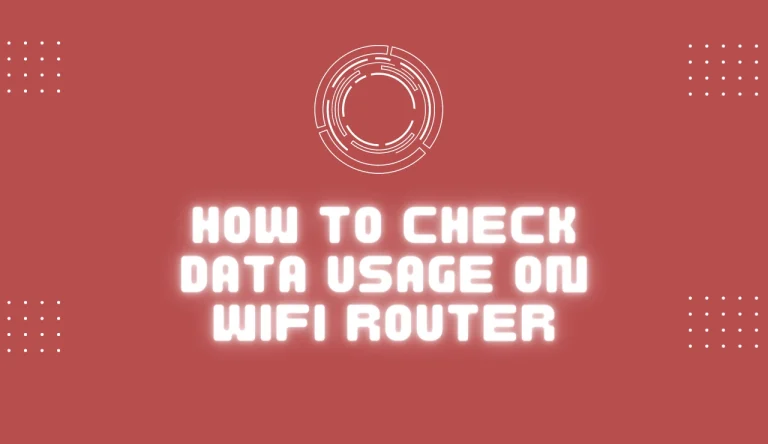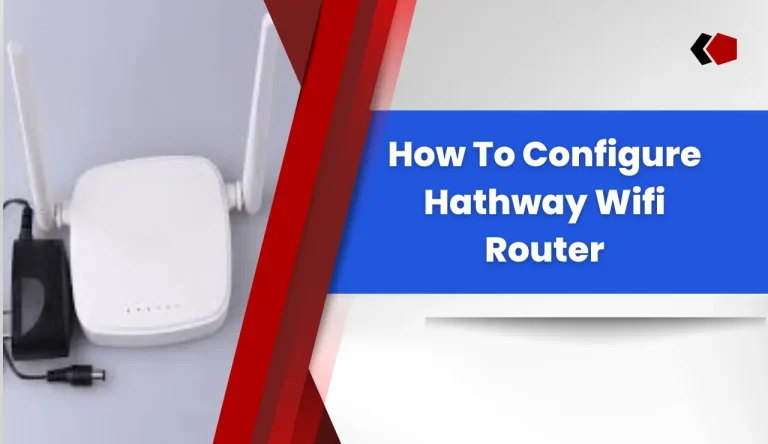How To Check Browsing History On Wifi Router
If you’re concerned about the online activities happening on your Wi-Fi network, it’s important to be able to check the browsing history on your Wi-Fi router. By doing so, you can monitor which websites have been visited and ensure the security and privacy of your network. Accessing your Wi-Fi router settings is the first step in this process.
How To Check Browsing History On Wifi Router? Once logged in, you can navigate to the browsing history section where you will find a comprehensive list of websites that have been accessed through your network.
Understanding this data is crucial for reviewing the online behavior of those connected to your Wi-Fi. With this knowledge, you can take necessary measures to protect your network from potential threats or unauthorized access.
In this article, we will guide you through each step of checking browsing history on your Wi-Fi router, empowering you with valuable insight into your network’s internet activity.
Key Takeaways
- Accessing the Wi-Fi router settings is the first step in checking browsing history.
- Browsing history section in the router settings provides a comprehensive list of websites accessed through the network.
- Analyzing browsing patterns and managing internet usage is possible through the browsing history section.
- Regularly checking the router’s settings and ensuring network security is crucial for protecting sensitive information and preventing threats.
Accessing Your Wi-Fi Router Settings
To access your Wi-Fi router settings, simply log into the admin panel using a web browser.
Start by opening your preferred browser and typing in the default IP address for your router, which is usually ‘192.168.1.1’ or ‘192.168.0.1’. Press enter, and you’ll be prompted to enter your username and password.
If you haven’t changed them before, the default login credentials can often be found on the back of your router or in its user manual.
Once logged in, you’ll have access to various settings that allow you to troubleshoot any Wi-Fi router issues or optimize your Wi-Fi network speed. Look for options like ‘Wireless Settings’, ‘Network Settings’, or ‘Advanced Settings’. These sections may vary depending on the brand and model of your router.
Locating the browsing history section can be found within these settings, enabling you to view the websites visited through your network without explicitly stating how to navigate there step by step.
Locating the Browsing History Section
When you want to locate the section that displays the websites visited on your wireless network, you can start by exploring the settings menu of your internet connection device. Look for options related to ‘browsing history’ or ‘internet activity.’ Once you find it, click on that section to access the browsing history information.
In this section, you’ll be able to analyze browsing patterns and manage internet usage. You may see a list of websites visited along with details such as date and time of access. Some routers also provide options to filter or block specific websites.
Now that you know how to find the browsing history section, let’s move on to logging into your Wi-Fi router where you can make further adjustments and monitor your network activity.
Logging into Your Wi-Fi Router

Once you’ve gained access to your Wi-Fi router, it’s time to dive into its settings and start exploring the wide range of options available.
To log into your router, open a web browser and enter the default IP address provided by your router’s manufacturer (e.g., 192.168.1.1) in the address bar. Next, enter the username and password for your router when prompted.
Once logged in, you’ll be presented with a dashboard that allows you to configure various settings such as parental controls and troubleshoot router connectivity issues.
Look for options related to security or advanced settings where you can find browsing history information. From there, you can navigate to the browsing history page and view the websites visited on your network during specific time periods without compromising anyone’s privacy or security.
Navigating to the Browsing History Page
Discover the hidden treasure trove of information about websites visited on your network by effortlessly navigating to the browsing history page. To access this page, open your web browser and enter the default IP address of your Wi-Fi router into the URL bar.
Once logged in, locate the menu or tab labeled ‘Browsing History’ or ‘Logs’. Click on it to view detailed website information such as URLs, timestamps, and duration of visits. Some routers may also allow you to filter browsing history by date, making it easier to find specific entries.
Understanding the browsing history data is crucial for monitoring internet usage and ensuring online safety. By analyzing this information, you can gain insights into which websites are being accessed on your network and take appropriate actions if necessary.
Understanding the Browsing History Data
Understanding the data in your browsing history can provide valuable insights into the websites visited on your network, allowing you to make informed decisions about internet usage and ensure online safety. By analyzing internet usage and tracking internet activity, you can gain a deeper understanding of the online behavior happening on your Wi-Fi router.
Here are three key points to consider when examining browsing history data:
- Timestamps: The timestamps associated with each website visit can help you identify patterns and determine when certain sites were accessed.
- URLs: The URLs of visited websites provide specific information about the webpages that were accessed, enabling you to see the actual content being viewed.
- Frequency: Analyzing how frequently certain websites appear in the browsing history can indicate which sites are being visited most often.
By understanding these aspects of browsing history data, you can effectively review the websites visited on your network and gain insights into internet usage without invading anyone’s privacy.
Reviewing the Websites Visited on Your Network

To gain insights into internet usage patterns, it’s essential to examine the websites that have been accessed on your network. By analyzing internet usage patterns, you can monitor online activities of children or employees and ensure network security and privacy.
To review the websites visited on your network, access your wifi router’s administration interface. Open a web browser and enter the router’s IP address in the address bar. Once logged in, navigate to the section labeled ‘Browsing History’ or similar.
Here, you will find a list of websites visited by devices connected to your network. This information can be sorted by date, time, or device for easier analysis. Understanding browsing history data allows you to make informed decisions regarding internet usage on your network and protect against potential threats without compromising privacy.
Ensuring Network Security and Privacy
By securing your network, you can safeguard sensitive information and protect against potential threats, ensuring a safe and private online environment.
Network monitoring is crucial in maintaining network security and privacy. Regularly check your router’s settings to ensure that only authorized devices are connected to your network. Change the default username and password of your router to prevent unauthorized access. Enable encryption protocols such as WPA2-PSK to protect your wireless network from eavesdropping. Keep your router’s firmware up to date to fix any security vulnerabilities.
Additionally, consider using a virtual private network (VPN) for an added layer of protection when browsing the internet. By taking these steps, you can significantly reduce the risk of unauthorized access and protect personal information on your network.
Frequently Asked Questions
Conclusion
To conclude, checking the browsing history on your Wi-Fi router is a straightforward process. It requires accessing your router settings, logging in, and navigating to the browsing history page.
Once there, you can review the websites visited on your network and ensure network security and privacy. It’s essential to regularly monitor your browsing history to identify any unauthorized or suspicious activity and take appropriate measures to protect your network.






